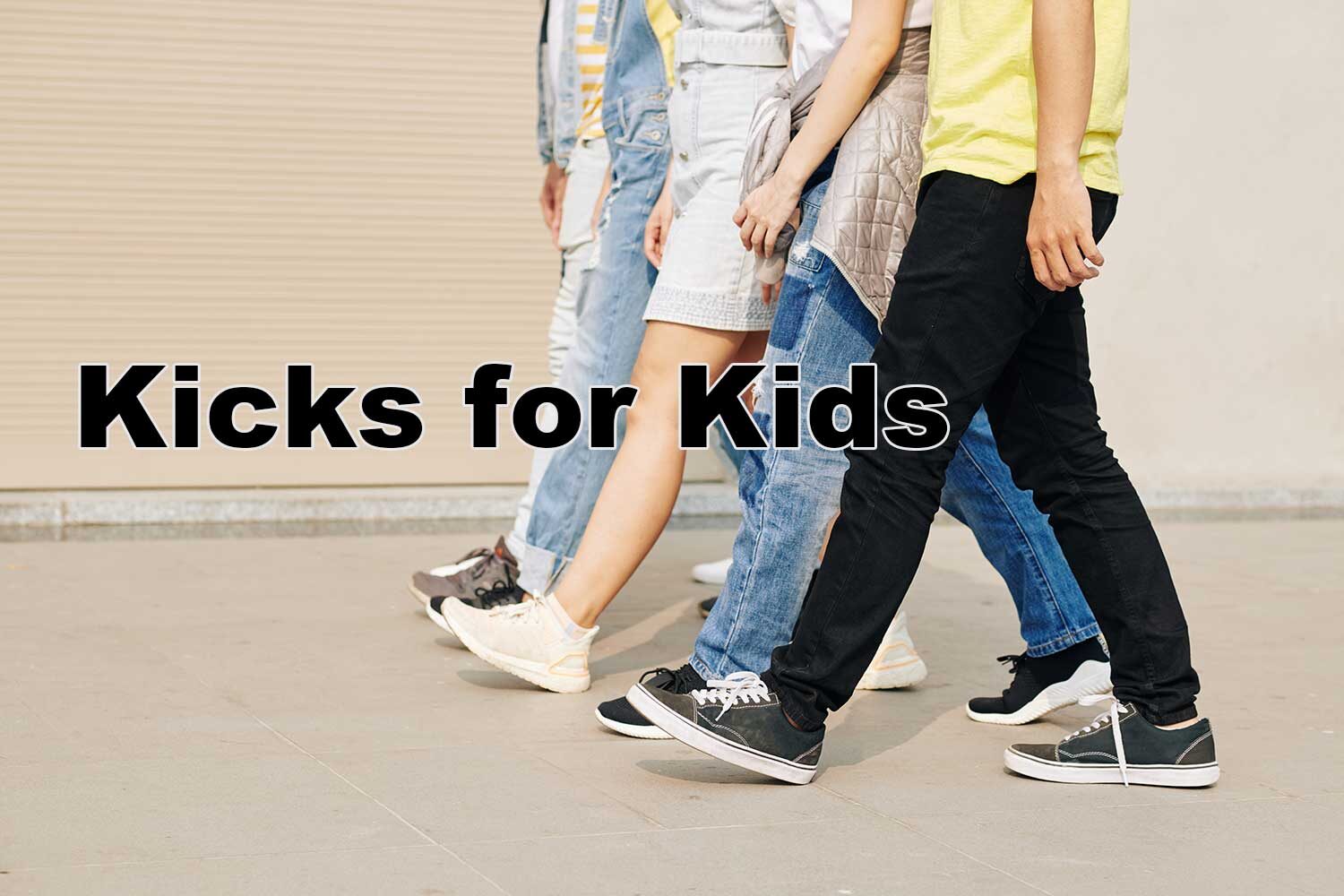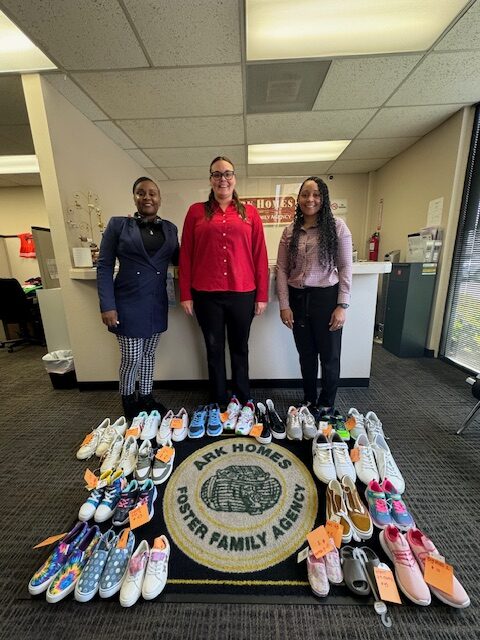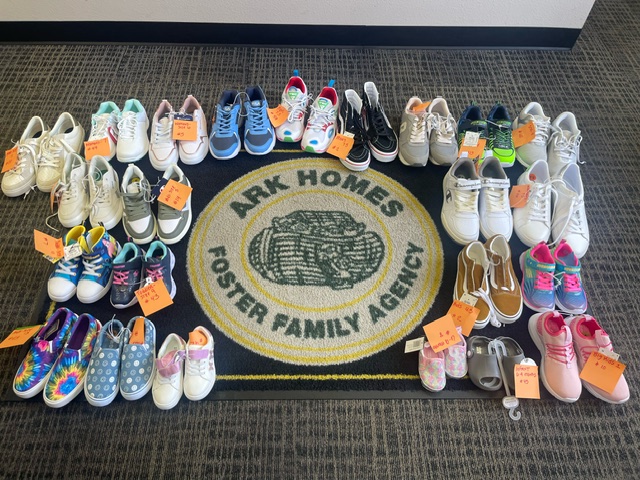Guiding Teens Through Peer Pressure and Friendships
Navigating the adolescent years can be a hard and difficult path, not only for teenagers but also for their parents. Peer pressure and the desire for social belonging are important factors in youths’ quests to find their place and build their identity. Here, we look at how to help teenagers manage peer pressure, form good friendships, and maintain strong social ties.
Understanding Peer Pressure
Peer pressure is a major influence in a teenager’s life, frequently influencing their choices and behaviors. It can be constructive, encouraging good habits and healthy activities, but it can also be negative, driving youth toward dangerous actions or inauthentic self-expression. Understanding the nature of peer pressure is the first step that parents can take to assist their adolescents handle it successfully.
Open Communication
Fostering a climate of open communication is critical. Encourage your teen to discuss their daily experiences, feelings, and concerns without fear of being judged or facing instant punishments. This open communication allows people to express situations where they feel pushed or conflicted.
Role Modeling and Discussion
Parents can be powerful role models. Demonstrating how to deal with pressure and make independent decisions provides a genuine example for kids to follow. Discussions regarding personal experiences with peer pressure, both past and present, can help youth understand the problem and develop solutions for dealing with similar situations.
Building Confidence
Confidence is a teenager’s strongest defense against negative peer pressure. Parents can help their teenagers’ self-esteem by praising their accomplishments, honoring their distinctive characteristics, and encouraging their interests. Teens who are confident in themselves are more likely to make the right decisions, regardless of external influences.
Choosing the Right Friends
It is critical that you help your teenager understand the importance of positive friendships. Encourage them to seek out and develop relationships with peers who share their beliefs and inspire them to be their best selves. Teach them how to spot toxic dynamics and gracefully leave bad relationships.
Decision-Making Skills
Teaching kids how to make independent decisions will prepare them to deal with peer pressure productively. This includes recognizing the repercussions of their choices, exploring alternatives, and learning to say no when required. Role-playing various scenarios at home can be an excellent technique to improve these abilities.
Support Systems
Establishing a larger support structure can also mitigate the effects of peer pressure. This includes family members, coaches, mentors, and teachers who can offer advice and support when teenagers experience social issues.
Encourage Group Activities
Participation in structured activities, such as sports teams, music groups, or organizations, can create a positive peer group. These circumstances promote teamwork and common goals, which might mitigate the harmful effects of peer pressure.
Monitoring and guidance
While independence is crucial, so is proper oversight. Know where your teen spends their time, who they are with, and what activities they participate in. This isn’t about severe surveillance; it’s about being a supporting and knowing presence in their life.
Handling Mistakes
Finally, it is critical to handle errors with care. If a kid succumbs to peer pressure, it should not be a cause for harsh punishment, but rather an opportunity for learning and growth. Discuss what happened, why it happened, and what you could do differently next time.
By understanding and addressing the complexities of peer pressure and social interactions, parents may help their teenagers form healthy, good, and affirming friendships and social connections. This not only benefits them during their early years, but also establishes a basis for effective social connections throughout their life.













